Gold leaf signwriter has the word on the street
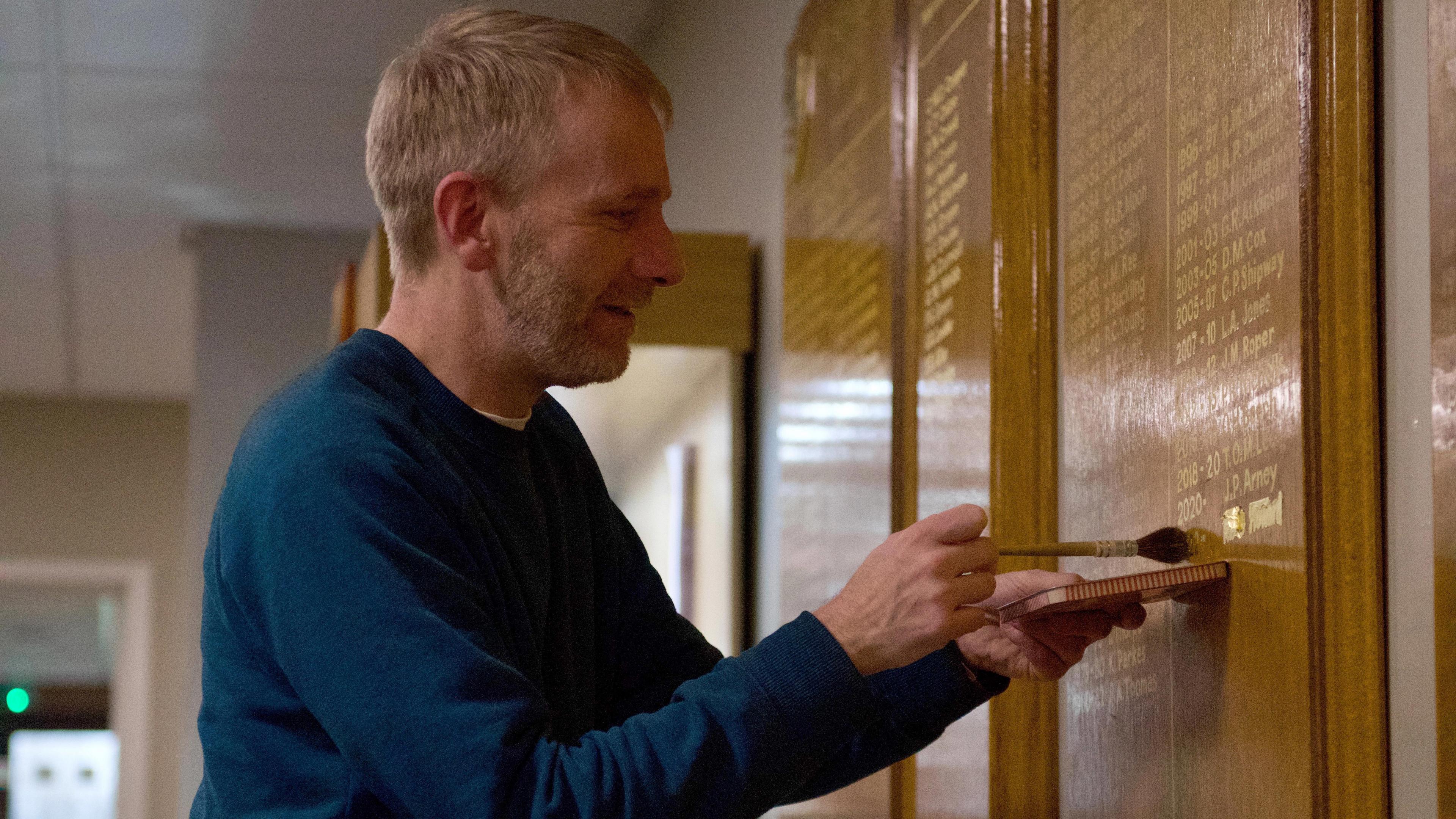
Jim Kerr updates the captains' board at Silhillians Rugby Club at Copt Heath near Solihull
- Published
A signwriter whose new, big letters are getting a new, big audience explains how he has left behind the "flounce and nonsense" of his former life in graffiti and found instead freedom and a "kind of magic".
Over the last 15 years, signwriter Jim Kerr has become accustomed to producing intricate work with delicate pieces of gold leaf and a steady hand.
But the Birmingham-based artist has also been working on a much larger scale by delivering giant slogans at property developments in the city.
In all tasks, though, his background in producing type is key.
Before turning to signwriting, the father-of-two was a successful street and graffiti artist, exhibiting his work around the world.
"I was producing artwork and selling artwork and the direction my artwork was going in was very type heavy," he said.
"And a lot of the styles of lettering that I wanted to use, I couldn't find as fonts on the computer because they weren’t fonts, they were hand-painted by signwriters.
"So in my naivety I thought 'I’ll just learn to signwrite, it can’t take that long'."
He explained: "The chap that taught me said there’s only two things you need to do to be the best signwriter in the world - practice and live long enough. It’s one of those.
"Even now, 15 years on, I still learn things daily on the job."
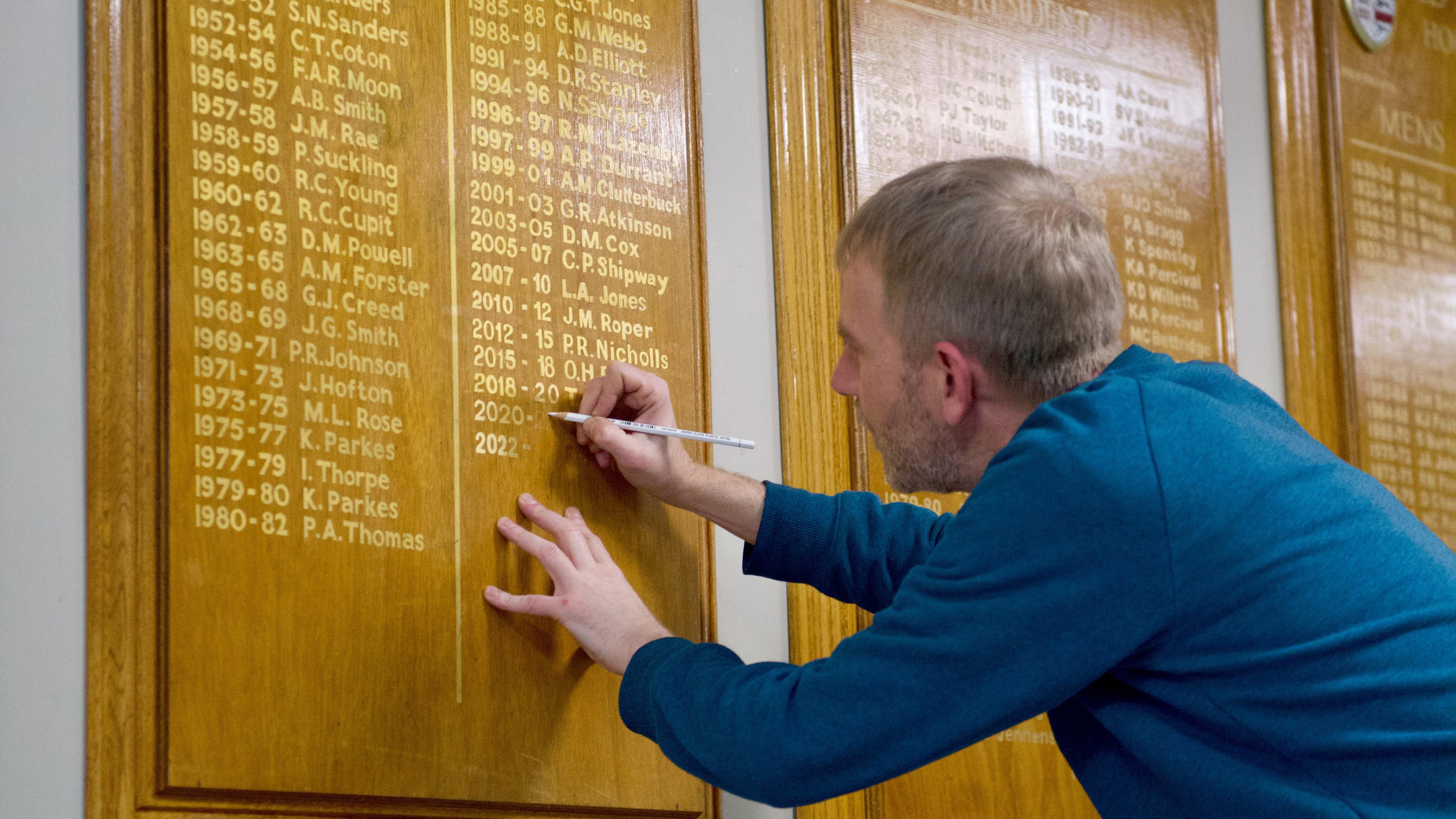
Mr Kerr learned to signwrite with an expert based in Chelmsley Wood
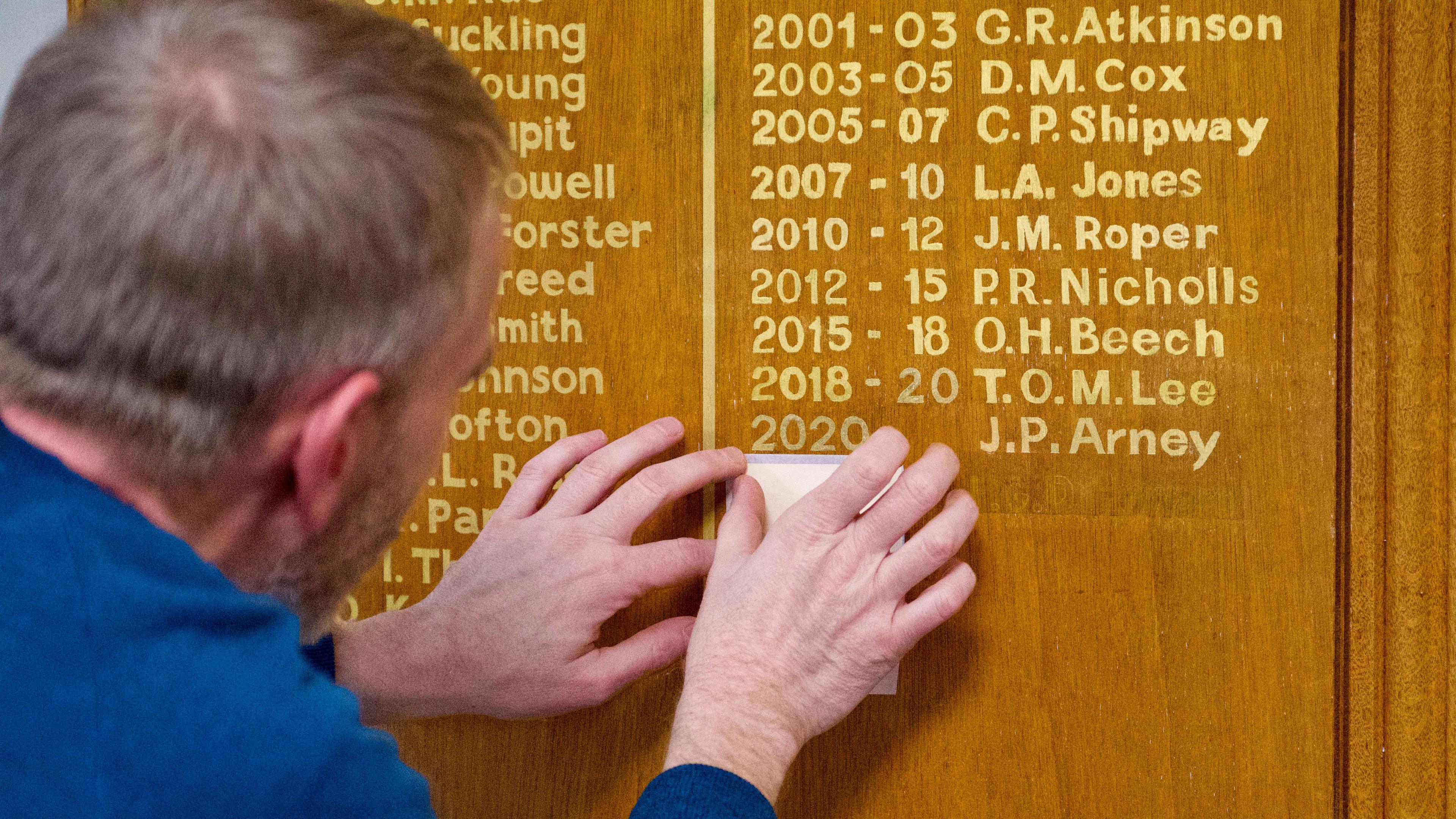
"It’s 23-and-a-half carat gold, it’s proper gold leaf," said Mr Kerr
One of his most recent jobs was to update a rugby club captains' board with gold leaf lettering.
"It’s two millionths of an inch thick, so that’s how fine it is.
"You can see through it if you hold it up to the light.
"And I guess it’s kind of magical."
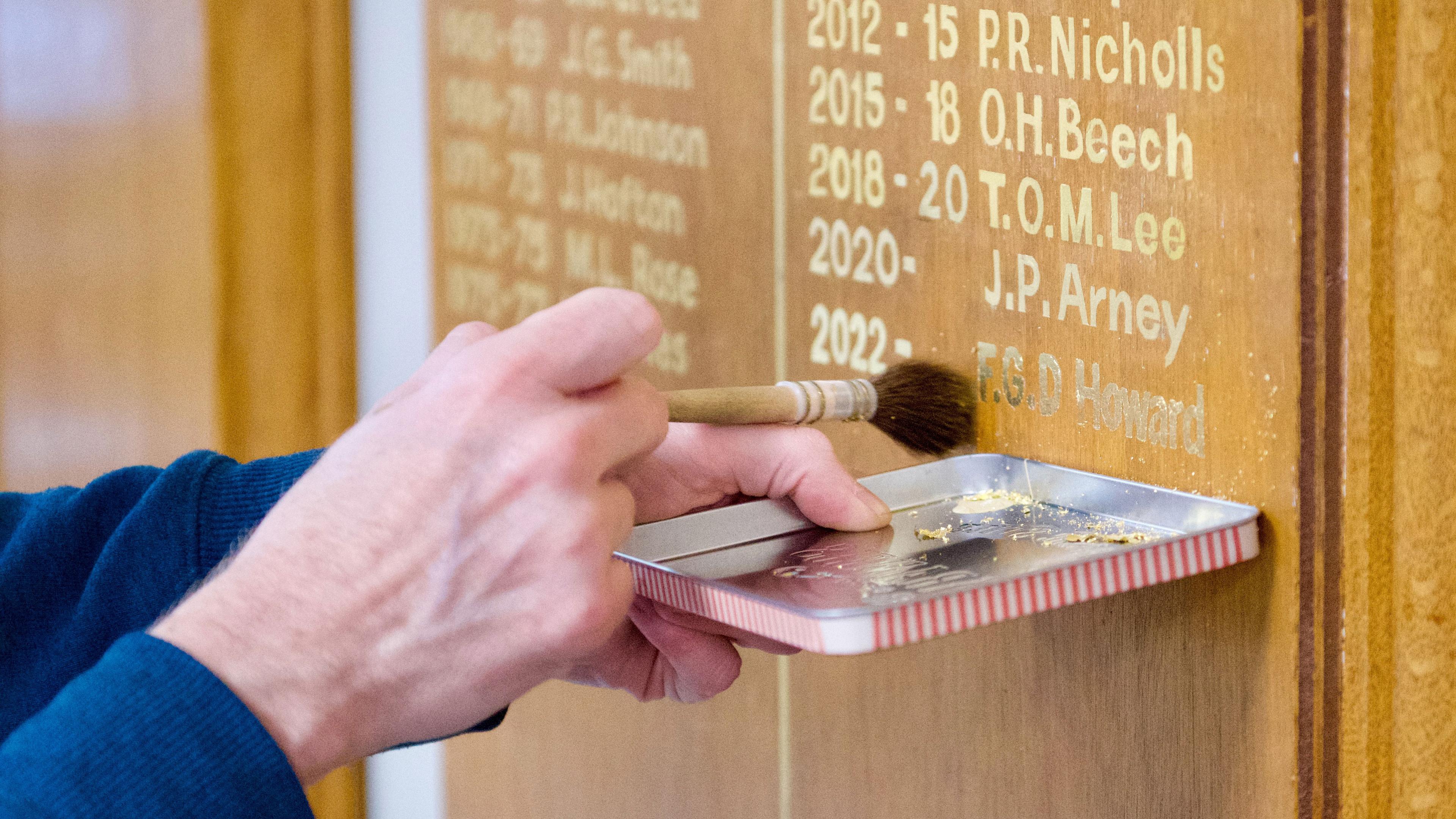
Gold leaf has been used for decorative purposes for many centuries
On a grander scale, Mr Kerr has also worked with a property group to add a splash of colour to its Birmingham developments.
“Our focus is on creating developments that bring redundant buildings back to life and get people talking," said Steve Dodd, founder of Elevate Property Group.
"Jim understood straight away what we were trying to do and his authentic signwriting style and outstanding artwork lends itself perfectly to the messages we were looking to create.
“There are so many different developers in the West Midlands, and this is a fantastic way of making Elevate and our schemes stand out from the rest.
"Even better still if we are helping Jim keep traditional signwriting alive.”
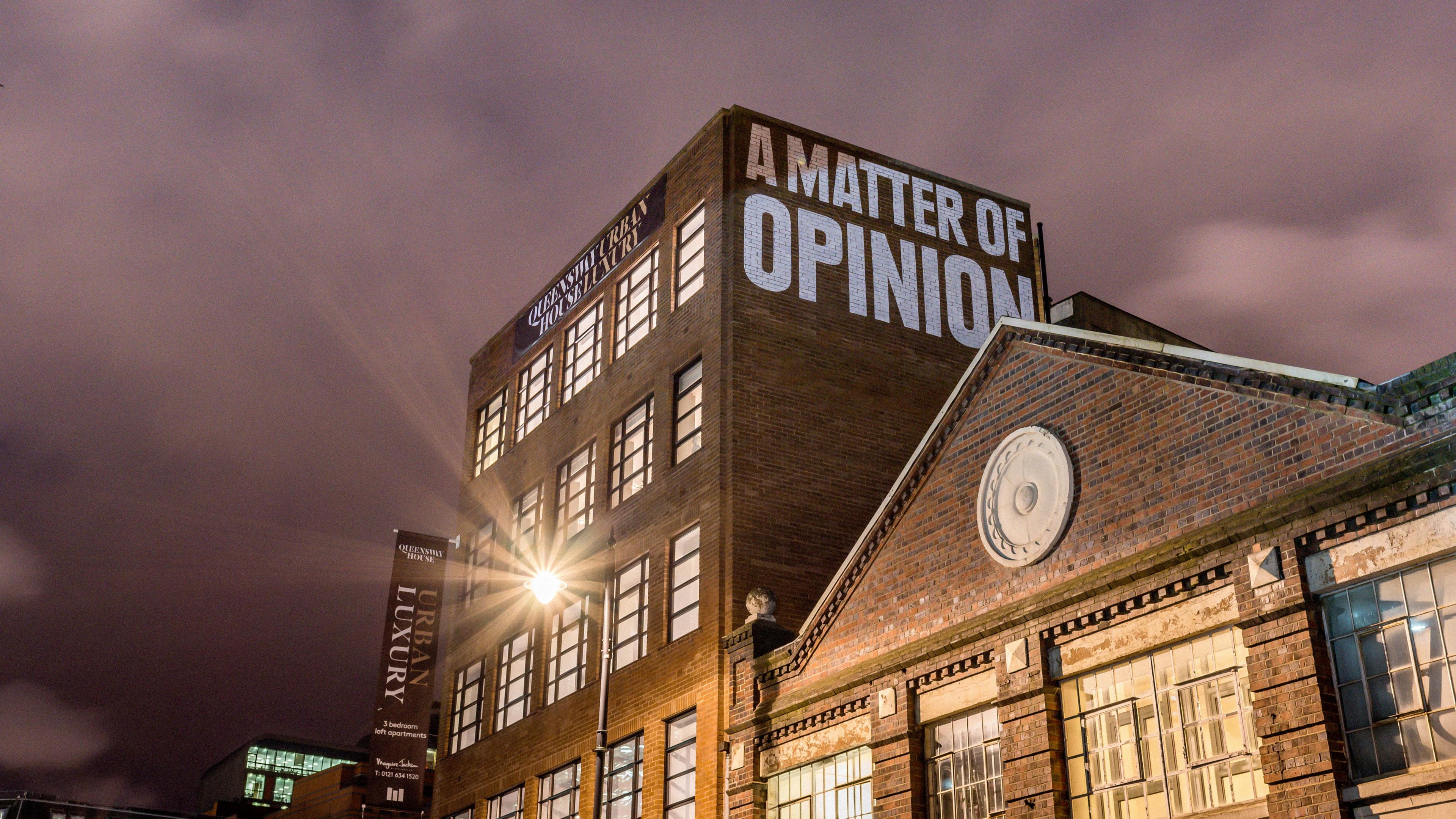
Mr Kerr's work at Queensway House where six loft-style homes were created
The showcase at development projects has promoted the artist's work in front of a far wider audience.
"What I fell in love with about signwriting is there’s a finite end," he said.
"When you’re an artist and you're painting, there's no one there saying ‘right that's done now, next’.
"And I struggled to finish paintings or leave them alone, if that makes sense.
"Whereas with signwriting, it's very much when you’ve painted the letters, you've painted the drop shadow, you've done the border, you're done. Next.
"And I found that really a massive kind of freedom in that."
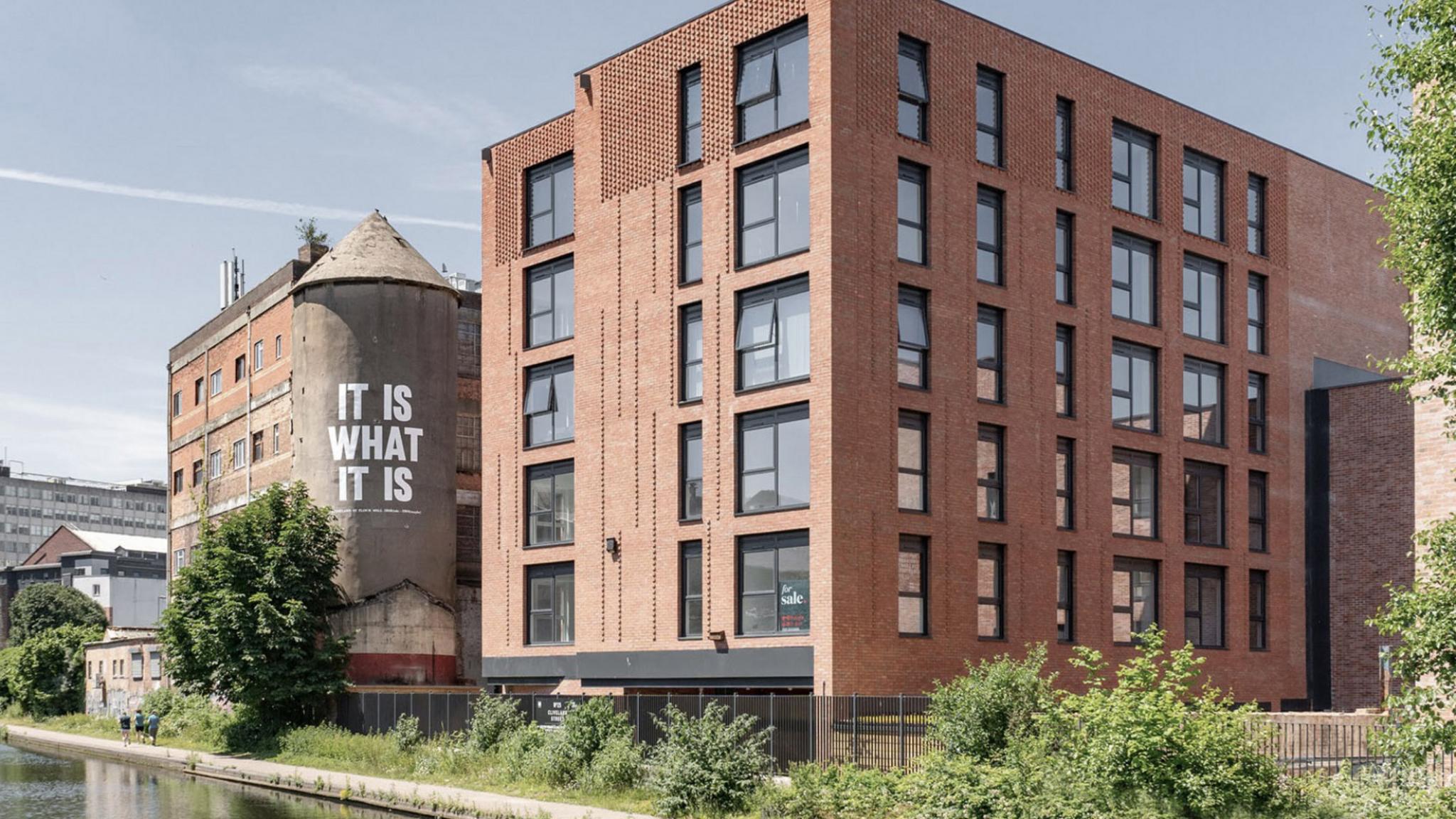
Mr Kerr worked on a tower in Birmingham's Gun Quarter at Cliveland Street
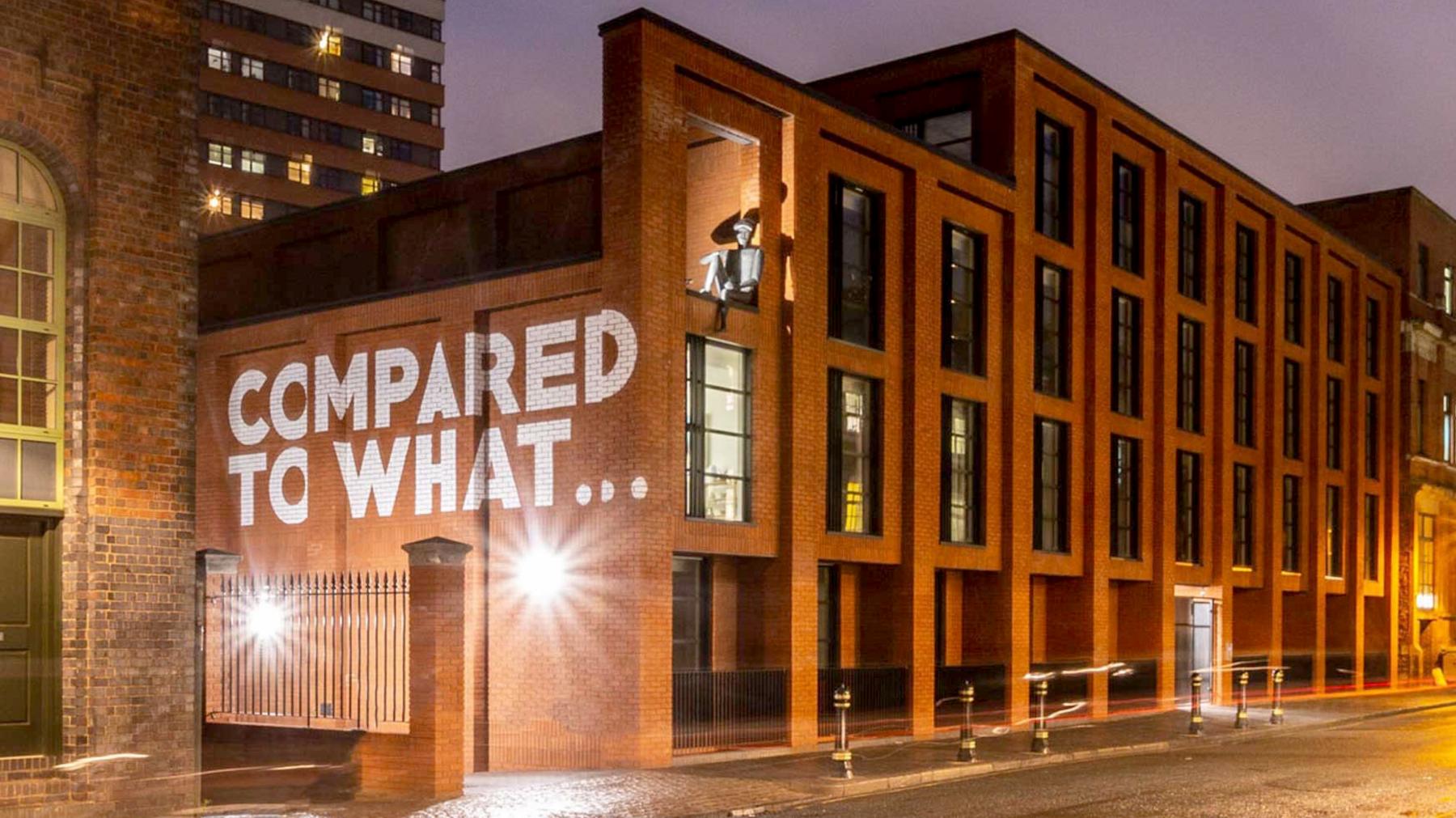
Assay Lofts in Birmingham's Jewellery Quarter
So how does signwriting differ from painting?
"One of the first things you learn with signwriting is that you’re not painting letters," he said.
"You're painting a collection of strokes that create that letter. So that when you're doing work like this, it becomes muscle memory.
"So you're not agonising ‘oh that B doesn't look quite right’. If you've got your strokes in order, your letters are going to be in order.
"As long as you’ve got that muscle memory dialled in, your letters are going to look fine.
"But when you start dealing in kind of three, four, five, 10-metre high letters, it’s a very different beast because you can’t do that brush stroke from top to bottom.
"It almost becomes a bit more mathematical than creative, but it’s still applying paint to a surface, still got to look nice, still got to look like the letters on the draft."
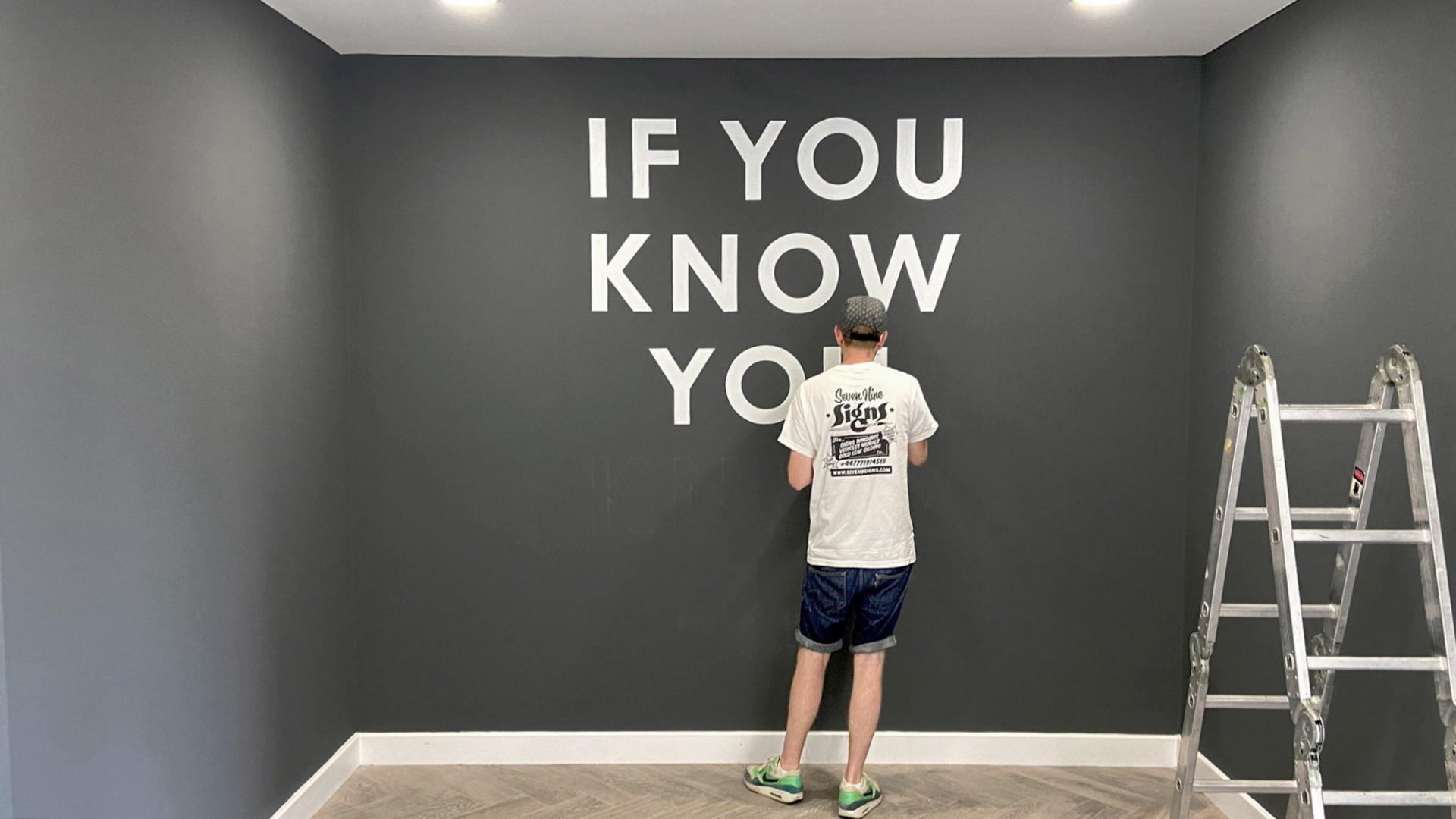
Mr Kerr signwriting inside Priory House
"I definitely get a sense of satisfaction and I love going back and seeing things that I painted 10, 15 years ago that still look as good as they did then.
"That's really satisfying to me," he said.
"That whole street art thing was very ego driven, whereas this is a job, it’s my trade.
"It can be taught. It takes all that flounce and ego and nonsense totally out of it and you can just enjoy creating without having to justify it.
"They say ‘do something you love for a living and you'll never work a day in your life’."
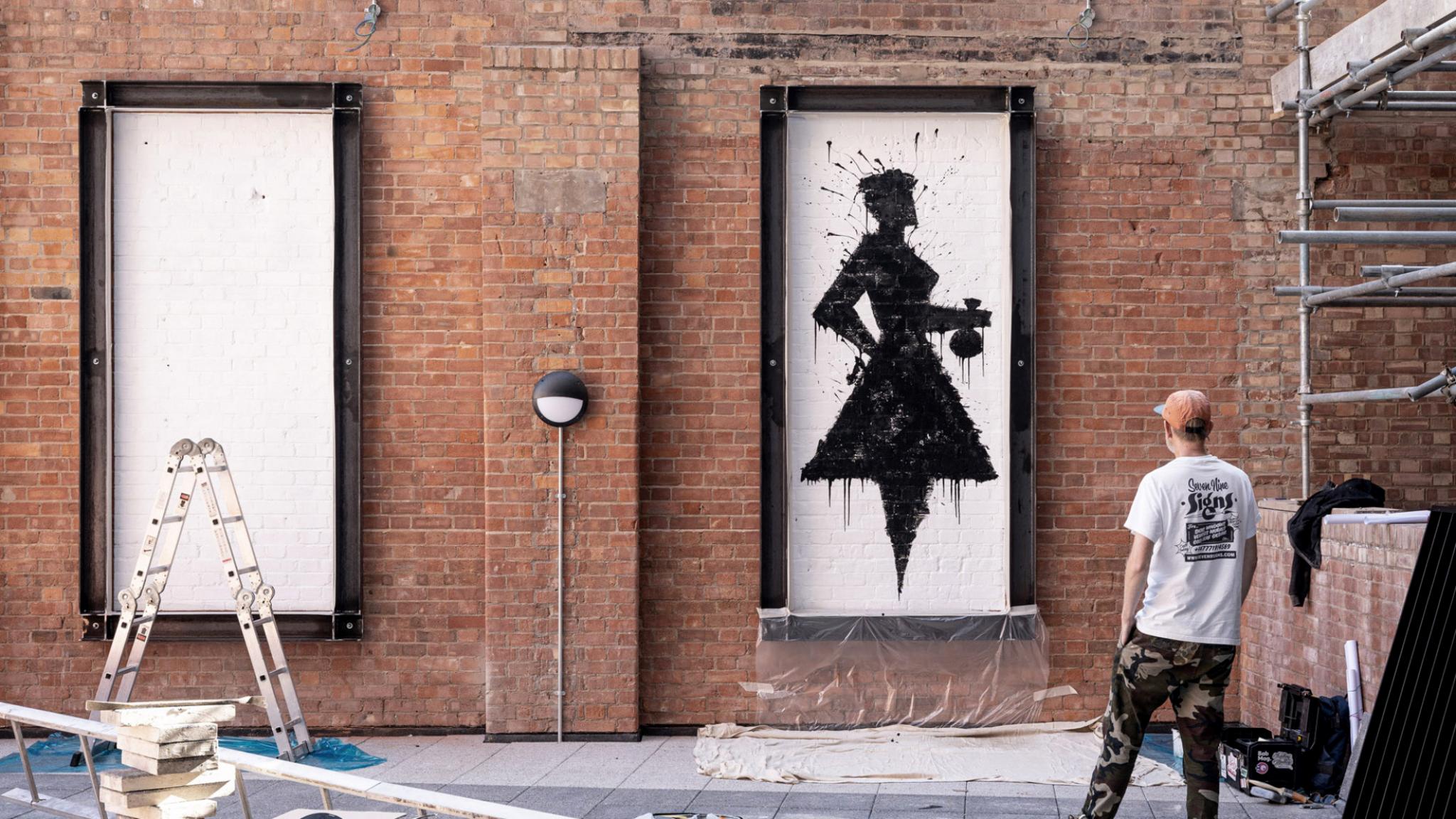
Working on a trio of images at Priory House

And the finished artwork in the Southside district of Birmingham
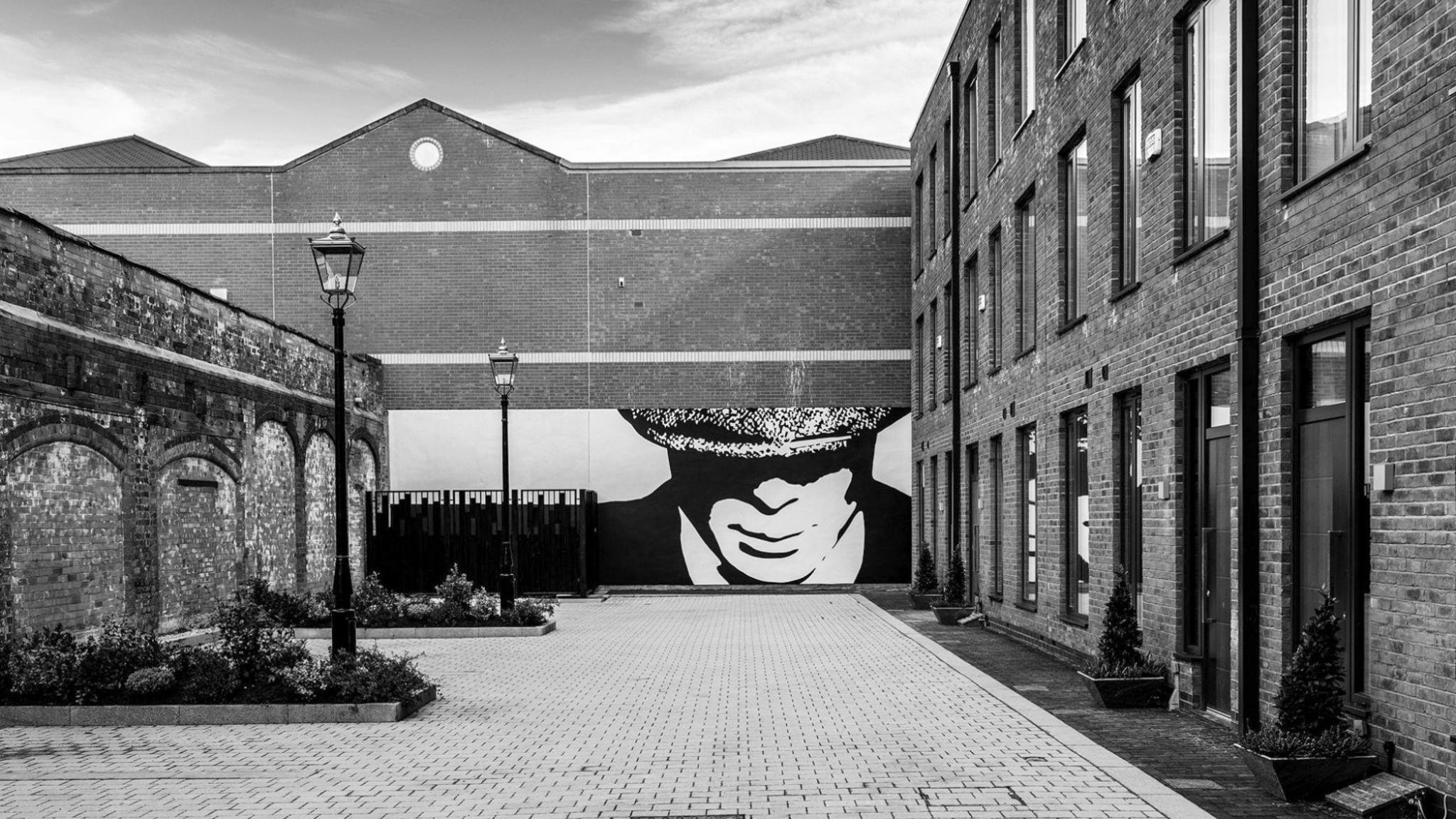
Mr Kerr took on probably the best-known Birmingham flat cap wearer - Peaky Blinders' Thomas Shelby at St Pauls House
Follow BBC West Midlands on Facebook, external, Twitter, external and Instagram, external. Send your story ideas to: newsonline.westmidlands@bbc.co.uk, external
Related topics
- Published13 May 2022
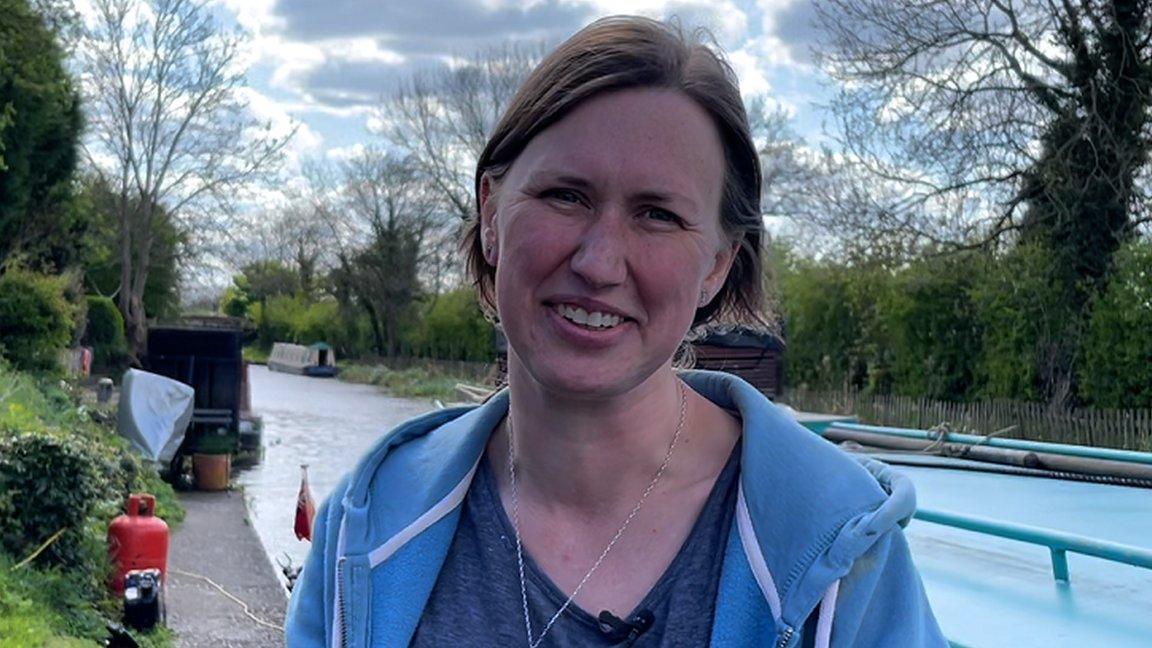
- Published17 July 2013